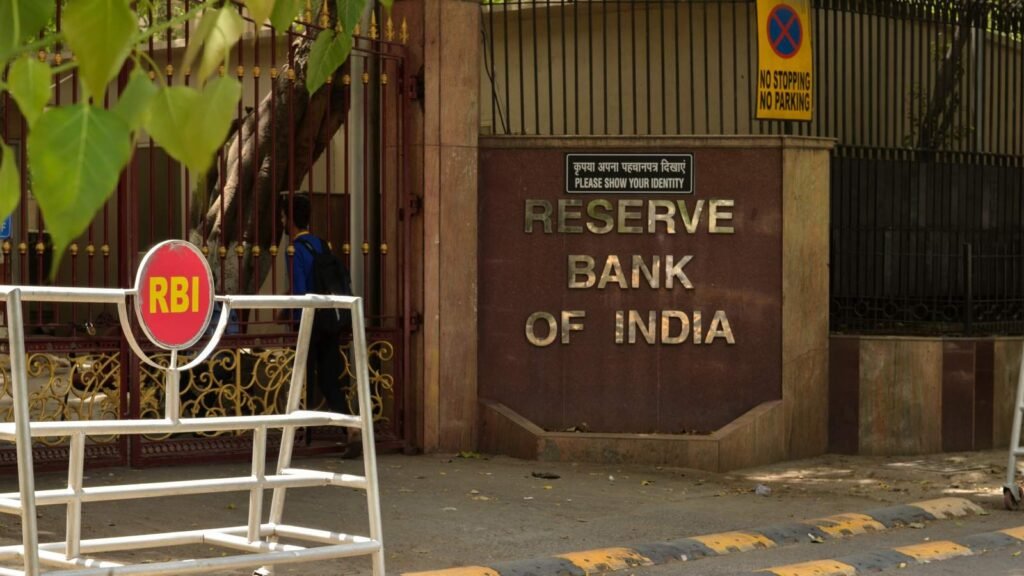In a major policy update, the Finance Ministry of India has recommended that small borrowers those taking gold loans under ₹2 lakh be excluded from the Reserve Bank of India’s (RBI) proposed new regulations for gold-backed loans. Additionally, the Ministry has suggested pushing the implementation date of the guidelines to January 1, 2026, giving banks, NBFCs, and borrowers more time to adjust.
What Are the RBI’s Proposed Gold Loan Guidelines?
In April 2025, the RBI introduced draft rules to tighten oversight on gold loans due to a surge of nearly 30% in disbursements over the past few months. The key proposals include:
- 75% Loan-to-Value (LTV) Cap: Reducing the LTV ratio to ensure risk protection for lenders.
- Mandatory Verification: Detailed documentation and verification of gold purity and ownership.
- Restricted Renewals and Top-ups: Only non-stressed accounts would be eligible.
- No Repledging: Borrowers would not be allowed to take multiple loans on the same gold asset.
- End-use Monitoring: Funds from gold loans would have stricter checks on utilization.
These norms aim to prevent misuse, ensure credit discipline, and maintain the financial system’s integrity.
Why the Finance Ministry Seeks Exemptions for Small Borrowers
The Finance Ministry’s primary concern lies with the impact of these rules on low-income borrowers who typically pledge small amounts of gold to meet urgent financial needs such as medical bills, education, or agricultural activities.
Key points raised by the Ministry:
- Financial Inclusion: Excluding loans below ₹2 lakh would protect access to credit for economically weaker sections.
- Avoiding Informal Lending: Over-regulation could drive borrowers toward unregulated moneylenders who charge exorbitant interest.
- Implementation Burden: Smaller loans constitute a large volume of transactions that could overwhelm lenders if the new rules are uniformly applied.
The Ministry has formally requested the RBI to consider these exemptions and allow more flexibility for micro-loans secured by gold.
Suggested Implementation Date Pushed to 2026
Originally expected to take effect in 2025, the new RBI guidelines are now proposed to be implemented from January 1, 2026, if the Finance Ministry’s recommendation is accepted. This proposed delay:
- Allows financial institutions to upgrade systems and train staff.
- Gives borrowers time to understand compliance requirements.
- Minimizes disruption to credit flow in the rural and semi-urban economy.
Market Response: Positive Sentiment for NBFCs
The announcement has triggered a favorable response from investors, particularly in the stocks of major gold loan providers like Muthoot Finance and Manappuram Finance, who heavily rely on small-ticket loans. These institutions were at risk of losing a significant customer base if the stringent norms applied universally.
Farmers and Rural Borrowers Express Concerns
Farmers in several parts of the country, especially Tamil Nadu, have raised objections to the RBI’s proposals. They argue that:
- The requirement to produce purchase receipts or proof of gold purity for heirloom jewelry is impractical.
- The lowered LTV ratio would result in reduced loan amounts for the same collateral, affecting their cash flow.
- Existing gold loan mechanisms are simple and should remain accessible.
These protests underscore the importance of ensuring that reforms do not create barriers to credit for the rural economy.
Conclusion
The Finance Ministry’s move to shield small borrowers from overregulation reflects its commitment to financial inclusion. While ensuring that the gold loan sector remains transparent and secure is essential, doing so at the cost of accessibility would defeat the purpose of inclusive growth. The proposed delay until January 2026 and the push for exemptions signal a balanced approach to regulation one that protects both the integrity of the financial system and the credit needs of India’s most vulnerable populations.


